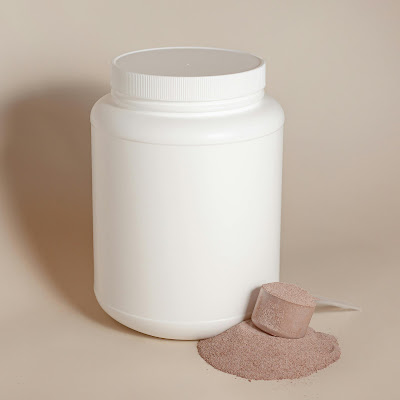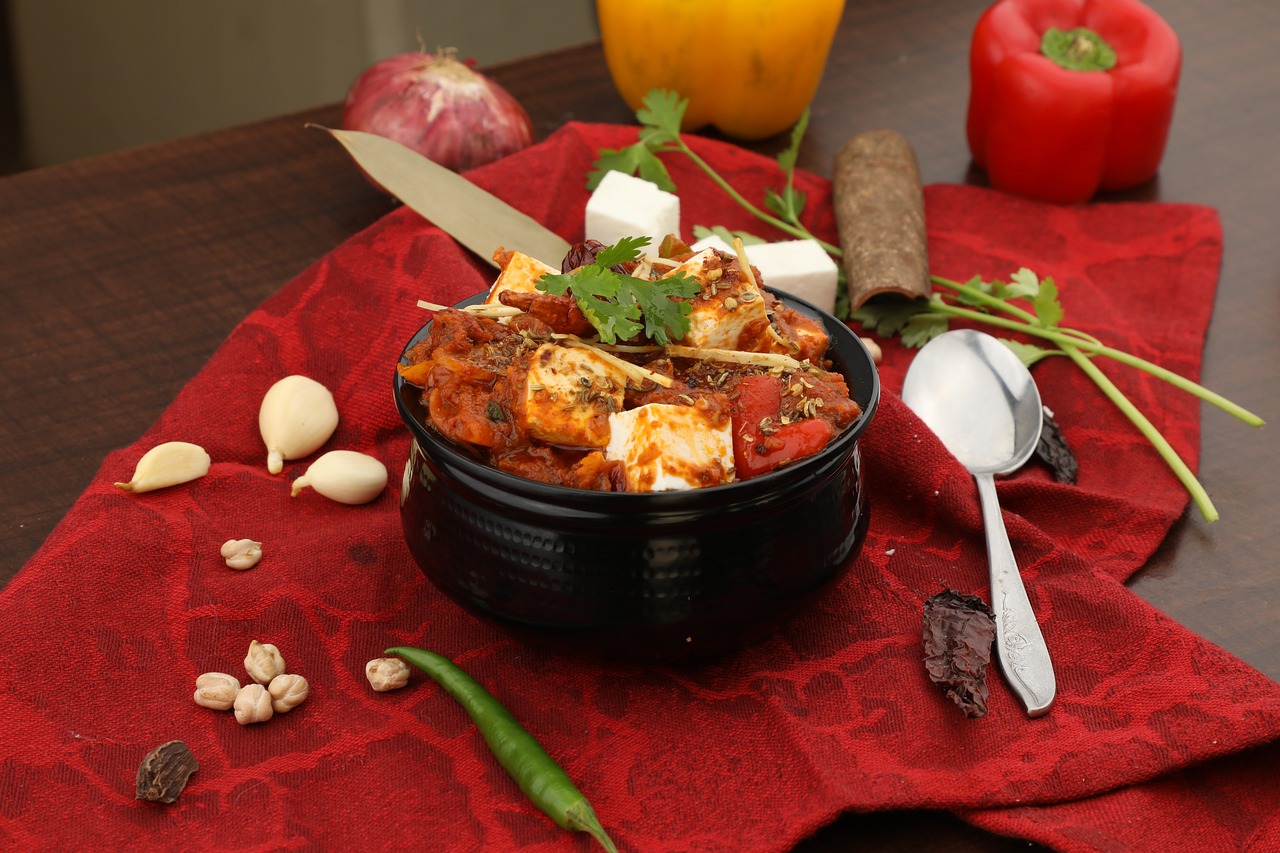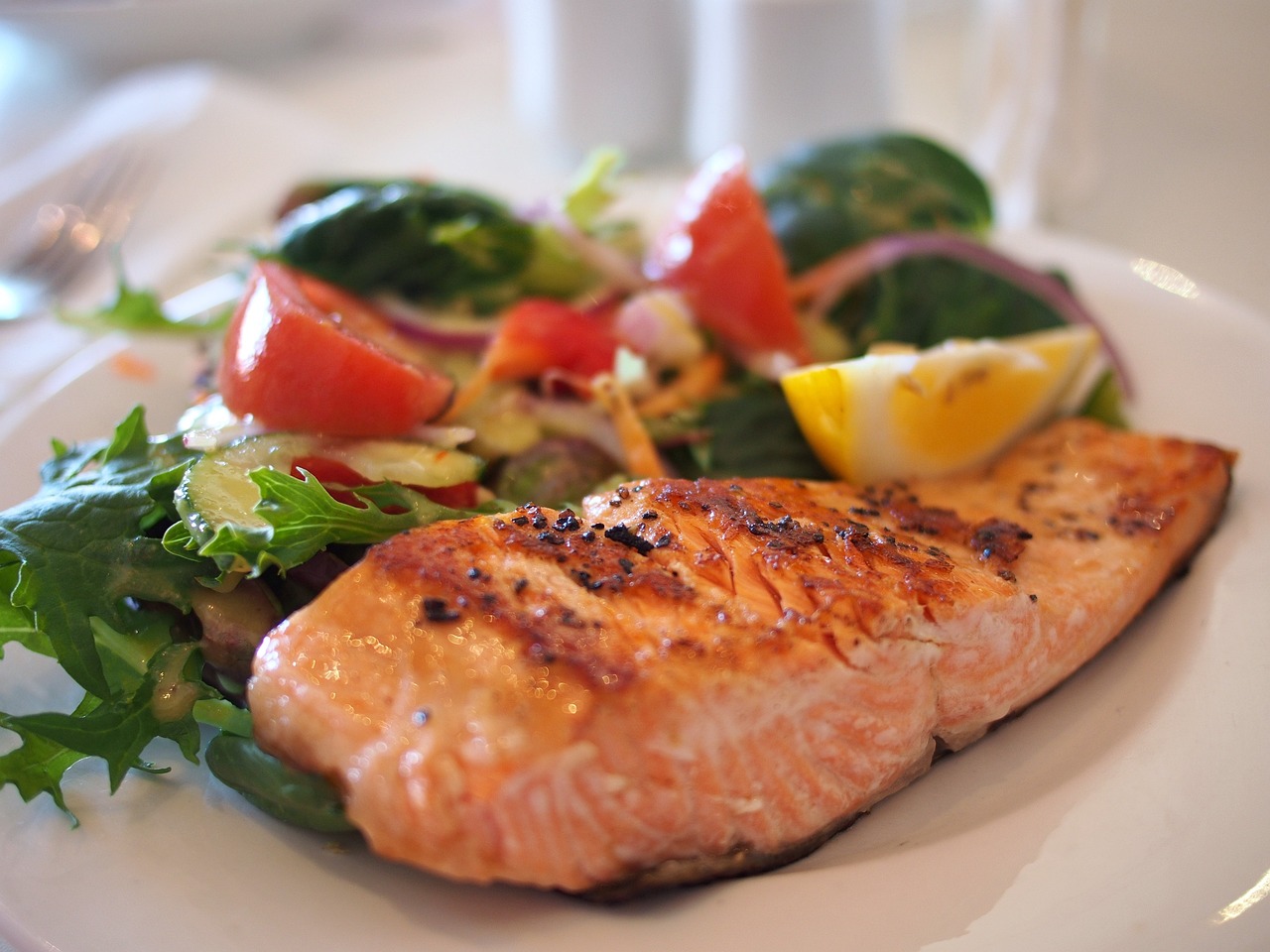Dal vs Chicken: Are Indians Getting Enough Protein from Their Diet?
The Protein Paradox in India
Protein is often termed the building block of life, yet a significant portion of the Indian population suffers from protein deficiency. Studies suggest that almost 80% of Indians do not meet their daily protein requirements, and 90% of people are unaware of how much protein their body actually needs. This raises a crucial question—are Indians getting enough protein from their diet? And more importantly, does choosing dal (lentils) over chicken impact overall protein intake?
Understanding Daily Protein Requirements
Before we compare vegetarian vs. non-vegetarian protein sources, let’s understand how much protein an average Indian needs:
- For men: 1.4 to 2.2 grams per kg of body weight
- For women: 1 to 1.6 grams per kg of body weight
- For athletes or active individuals: 2+ grams per kg of body weight
Despite the growing awareness around fitness and nutrition, protein intake in Indian households remains low and inconsistent. Many Indians rely on carbohydrate-heavy meals while neglecting protein-rich foods.
Dal vs. Chicken: Breaking Down the Protein Content
1. Protein Content Comparison
Here’s how some popular vegetarian and non-vegetarian sources of protein compare:
| Food Item | Protein Content (per 100g) |
|---|---|
Chicken (cooked) |
24g |
Fish (varies by type) |
20-25g |
Eggs (3 whole) |
18g |
Paneer |
18-24g |
Soya Chunks |
52g |
Soya Beans (white) |
38g |
Lentils (Dal, cooked) |
7-9g |
Chickpeas (Chana) |
15g |
Almonds (30g) |
6g |
Milk (1 glass) |
10g |
2. Protein Quality: Bioavailability & Amino Acid Profile
Not all proteins are created equal. Animal proteins (chicken, eggs, fish) are considered complete proteins as they contain all 9 essential amino acids required for muscle growth, repair, and immunity.
On the other hand, plant-based proteins (dal, chickpeas, soya, nuts) often lack one or more essential amino acids, making them incomplete proteins. However, by mixing different plant-based protein sources (e.g., dal + rice, soya + wheat), vegetarians can still achieve a balanced amino acid profile.
Are Indians Eating Enough Protein?
Common Myths That Lead to Protein Deficiency
- "Dal is enough for daily protein needs." - While Dal is a great protein source, it does not provide sufficient protein alone unless paired with other sources.
- "Protein is only for bodybuilders." - Protein is essential for brain function, immunity, metabolism, and overall health, not just for muscle building.
- "A vegetarian diet lacks protein." – While it may be challenging, a well-planned vegetarian diet can provide adequate protein.
- "Too much protein is harmful." – Unless one has kidney issues, a high-protein diet is generally safe and beneficial.
How to Improve Protein Intake in Indian Diets
For Vegetarians
✔ Include a variety of protein sources like paneer, soya, lentils, quinoa, nuts, and seeds. ✔ Mix and match foods (e.g., dal + rice, roti + soya) for complete protein intake. ✔ Increase dairy consumption (milk, curd, cheese) for additional protein.
For Non-Vegetarians
✔ Incorporate lean meats like chicken, fish, and eggs in meals. ✔ Avoid deep-fried meat and choose grilled, boiled, or roasted options. ✔ Include plant-based proteins alongside animal proteins for better nutrition.
Conclusion: Balance is Key
Whether you choose dal or chicken, the key is to balance your protein intake to meet daily requirements. Vegetarians can meet their needs by combining different plant-based proteins, while non-vegetarians should ensure they consume lean proteins without excessive fats.
📢 Arvachin Hospital’s Expert Advice
If you’re unsure about your protein intake or facing symptoms like fatigue, frequent illnesses, or muscle weakness, consult a nutrition expert at Arvachin Hospital. Our specialists can help design a personalized diet plan based on your lifestyle and health needs.
📍 Visit us today! Best hospital in Varanasi Arvachin Hospital
🔗 Further Reading:






Comments
Post a Comment